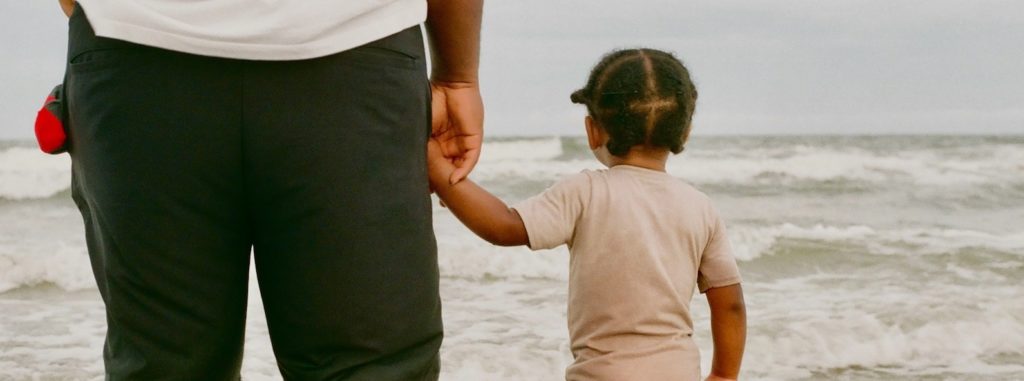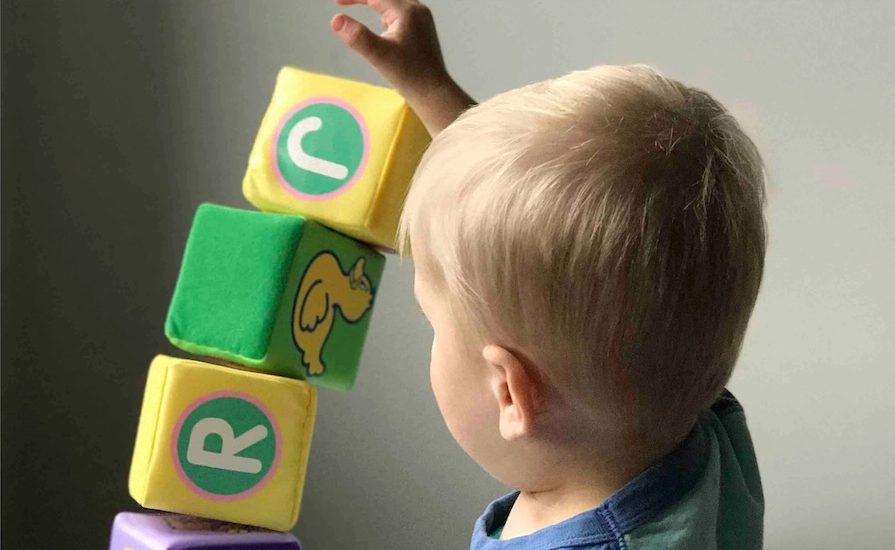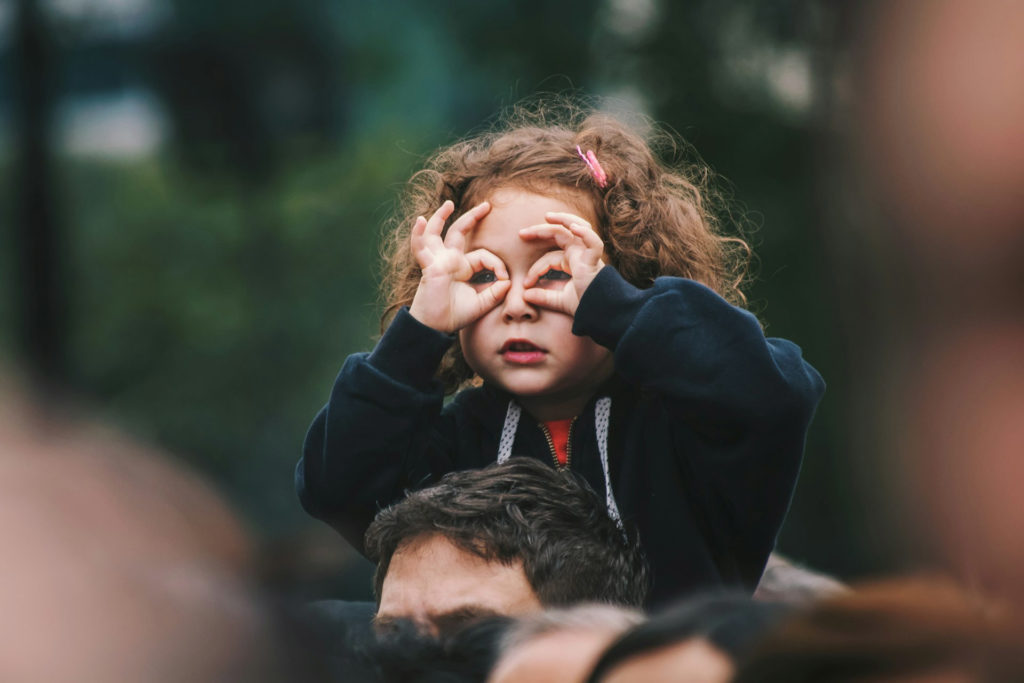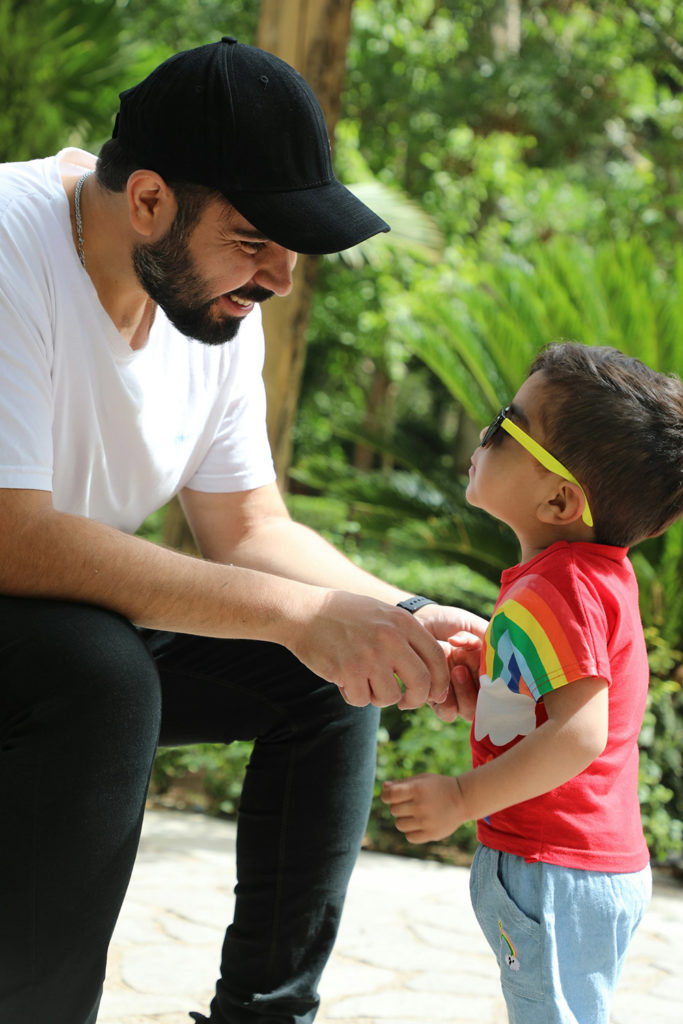Social Stories™
I’m Carol Gray, and my journey began in 1976 as a teacher working with four children with autism at Jenison Public Schools in Michigan. In 1990, I developed Social Stories, and I’ll be your guide to their history. Together, we’ll explore their philosophical roots and evolution. Researching old files and articles has deepened—and at times corrected—my understanding of Social Stories. While I once believed they originated from a single student conversation, I now see they developed over several years. This collection aims to set the record straight, sharing the key moments, challenges, and insights that shaped Social Stories, backed by unprecedented documentation.
-

Social Stories Overview
An overview of Social Stories - history, origins, discovery
-

What is a Social Story?
A unique approach to understanding social interactions
-

The Historical Context of Autism and Social Stories
An intimate journey through Social Stories history
-

Origins of the Social Story Philosophy
The journey to Social Stories: challenges and discovery
-

The Discovery of Social Stories
Enhancing Social Understanding for Individuals with Autism
-

Social Story Sampler
A collection of Social Stories to teach complex concepts.
-

The Morning News / Jenison Autism Journal
A historic newsletter on autism education strategies
-

Social Stories™ 10.4
The latest update to the Criteria that define every genuine Social Story
Let’s Connect
Have questions or a webinar request? Complete the form and let’s connect!

